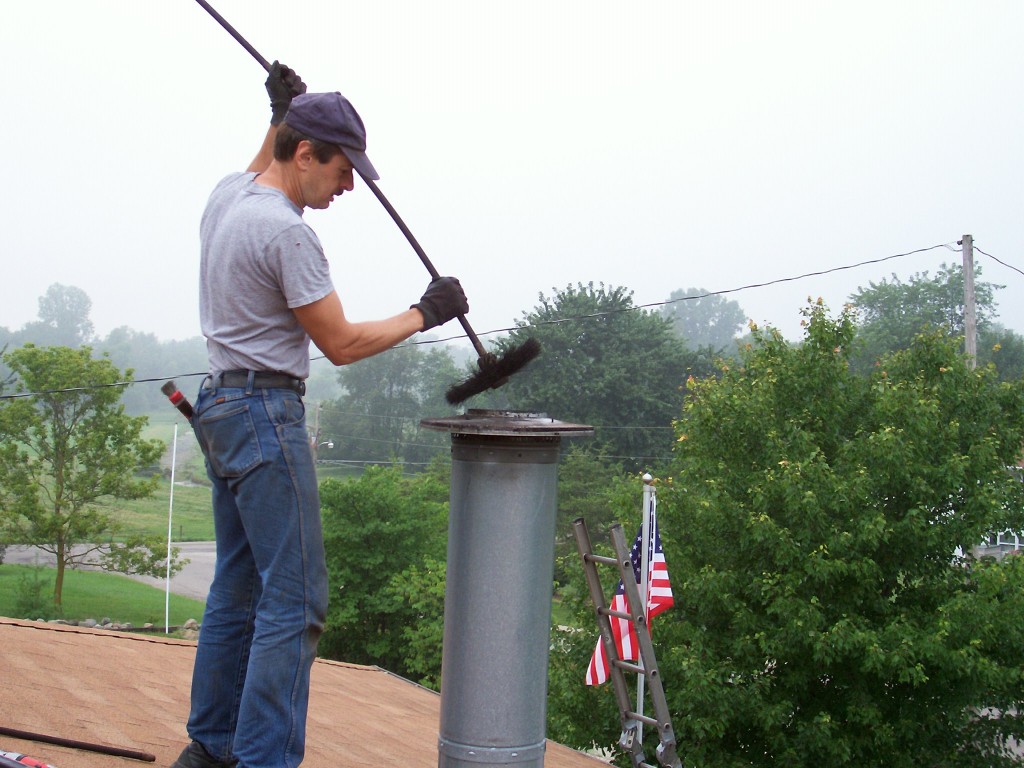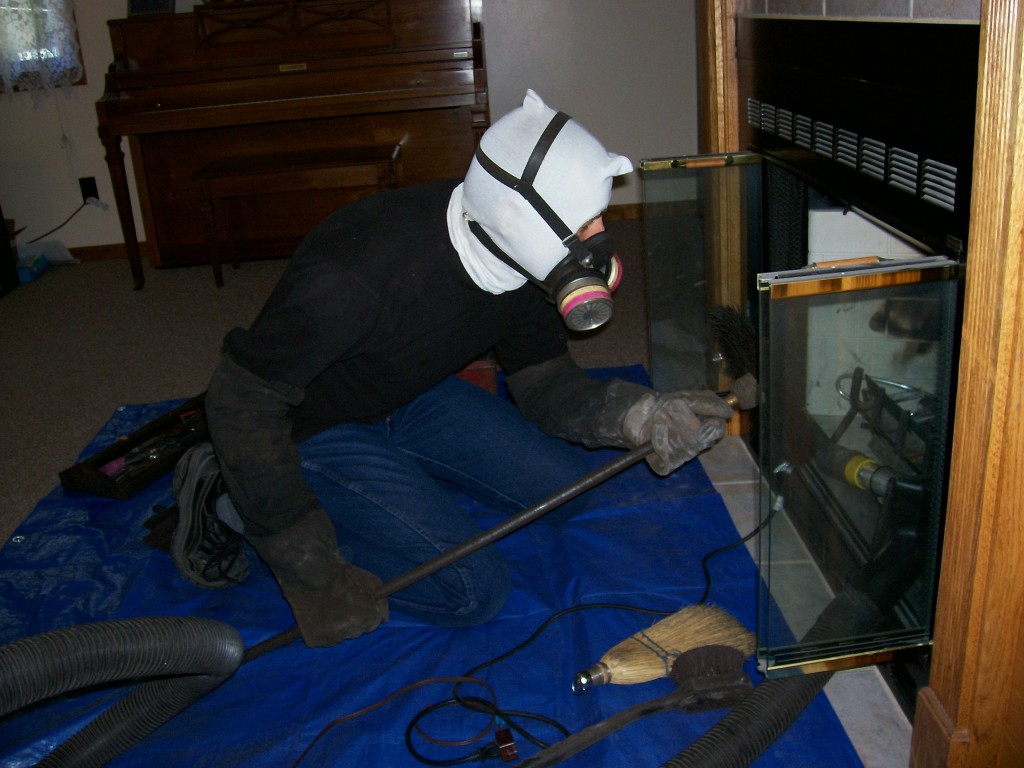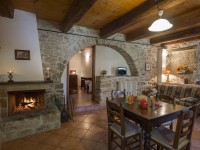During the winter, a fireplace is a common element of family dinners and evenings spent together. But once the spring comes, the warmth in the house is no longer needed, and it’s time to consider how to care for your fireplace. By taking care of your chimney regularly, you ensure that it won’t crack or fall off in the nearest future. Moreover, spring fireplace maintenance also allows you to identify any serious issues with your chimney and call for professional chimney services right in time.
As you are likely to understand the significance of fireplace maintenance, let’s proceed to the essential tools and personal safety during this process, actual cleaning steps, and possible consequences.
6 signs you need to clean your chimney
As a rule, people perform fireplace maintenance only once a year before the winter season. However, professional chimney sweeps advise doing it after the winter season and right before it. It will significantly simplify and shorten the cleaning process and also extend the lifespan of your chimney. So how to understand that the time for cleaning has come:
- You see creosote and soot falling into the fireplace more and more often.
- You see thick and puffy creosote inside the flue.
- The flue is covered with thick and flaky creosote (it’s more than ¼-inch thick).
- The fire becomes smokey and fills your home while the fireplace is burning.
- You have to burn artificial logs instead of natural ones.
- You notice that the damper should remain semi-open in order to slow the fire and keep it burning longer.

How to perform fireplace maintenance?
Before you step into the dirt to clean your own fireplace, it’s essential that the initial fireplace maintenance is conducted by a specialist (a technician certified by the Chimney Safety Institute of America).
Remember that top-bottom sweeping method is the best one. It’s possible only if you can access the roof and it poses no danger to your health and life. The bottom-top method exists as well, but it’s considered less effective.
- Bottom preparation: Open the damper, put some rug in front of it to collect dust and then tape a plastic sheet against the face of the fireplace.
- Tools and materials: Gear up with cleaning supplies for fireplace maintenance (if you have nothing, then use at least a cleaning brush, a couple of extension poles, cordless drill, and dust mask that covers both your nose and your mouth).
- Go up: Now you need to get to the top of the flue: use a ladder. An important tip here is to put all your tools into some kind of beg and ensure that you first put this bag on the roof and only after it’s secure you get on the room yourself.
- Remove the caps: Before you roll up your sleeves for the fireplace maintenance, remove the protective caps from the top of the chimney flue. Use a cordless drill or just a screwdriver to remove it. Keep in mind that you need to collect all the screws for the upcoming reinstallation for the caps.
- Brush: Take the chimney sweep and screw it onto the first extension rod. Once done push the brush into the flue and vigorously scrub up and down. Once you feel weaker opposition, move the brush a little farther down the flue.
- Carry on: Once you feel that the first rod is about to end, add another one and repeat until you reach the smoke shelf (you simply won’t have any chance to go farther).
- Pull out: As you’re pulling out the brush, carefully scrub the flue again. And while doing so, unscrew the extension rods.
- Install the caps: Either just screw the caps back or replace them with the new pieces.
- Go down: Now you can go back to the fireplace. Once the dust settles down (it usually takes about 10 minutes) you can take down the plastic sheet and sweep firebox.
- Finalize: Clean up anything that has fallen out of your chimney to complete your fireplace maintenance. Use a vacuum to simplify and speed up the process.
Fireplace maintenance tools
- for cleaning: sheet plastic, shop vacuum, bag for tools, chimney brush with extension rods
- for safety: duct tape, extension ladder
- general: dust mask, old clothes (including long-sleeve shirt), safety glasses, and cordless drill
Fireplace maintenance safety tips
There is nothing extremely dangerous in chimney sweeping unless you follow the safety guidelines. Protect yourself on every side and double check your equipment before using it, and your life will be safe! Here are a few general guidance tips to keep you safe.

- Always wear protective clothes: long-sleeved shirts, gloves, face and eye protection masks.
- Cover your home with plastic if you’re afraid that it might get covered with chimney dust, but always ensure that you wear non-slip shoes in this case.
- Use an extension ladder and not a step ladder. When putting it up, ensure that it’s resting on a hard surface and it’s two feet above the eaves at the top.
- Carefully deal with the tools bag. Don’t just throw it on the roof and preferably put it on the roof ridge so it doesn’t roll off.
We hope that fireplace maintenance won’t become a complex operation for you. Forewarned is forearmed. And now, since you’re armed with all possible information, get ready and clean your chimney!





